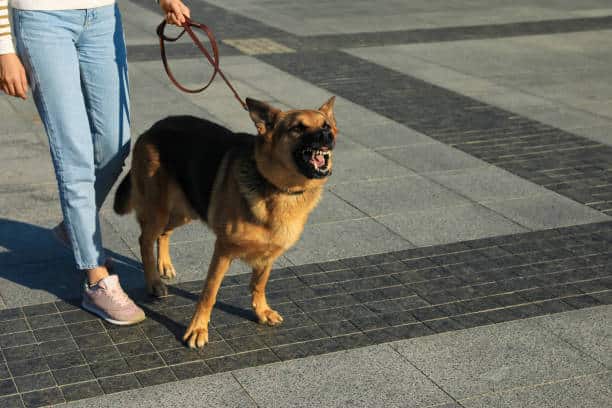
Basic Steps for Reactive Dog Training
Reactive behavior in dogs can be challenging to manage, but with the right training techniques, you can help your furry friend become calmer and more well-behaved. At Alpha Buddy Dog Training, we understand the importance of addressing reactive behavior, and we’re here to provide you with some basic steps to start your journey toward a happier and more harmonious relationship with your dog. We’ll explore the fundamentals of reactive dog training and how it can improve your dog’s behavior and overall well-being.
Understanding Reactivity
Reactive behavior in dogs typically involves excessive barking, lunging, growling, or snapping in response to various triggers such as other dogs, people, or even specific situations. This behavior often stems from fear, anxiety, or frustration. Before you start training, it’s crucial to understand the root cause of your dog’s reactivity, as this will help tailor your approach to their specific needs.
Positive Reinforcement
Positive reinforcement is a key technique in dog training. Reward your dog with treats, praise, and affection when they exhibit desired behavior. When working with a reactive dog, this approach helps shift their focus from the trigger to you. Consistency is essential – reward good behavior every time it occurs.
Counterconditioning
Counterconditioning involves changing your dog’s emotional response to their triggers. For example, if your dog is reactive to other dogs, expose them to controlled, positive interactions with calm dogs while rewarding calm behavior. Over time, your dog will associate the trigger with positive experiences rather than fear or anxiety.
Desensitization
Gradual exposure to triggers is another crucial step in reactive dog training. Start at a distance where your dog is comfortable and gradually reduce the distance as they become more relaxed. This helps your dog build confidence and learn to manage their reactions better.
Management
While training is essential, it’s also crucial to manage your dog’s environment to prevent unnecessary stress. Using tools like leashes, muzzles, or baby gates can help ensure safety during the training process.
Seek Professional Help
Reactive dog training can be complex, and it’s okay to seek professional help. At Alpha Buddy Dog Training, our experienced trainers can work with you and your dog to develop a customized training plan that addresses your specific needs.
Stay Patient and Consistent
Training a reactive dog takes time and patience. Be consistent in your approach and practice regularly. Celebrate small victories along the way, and remember that setbacks are normal – don’t get discouraged.
Reactive dog training is a journey that requires dedication, patience, and the right techniques. At Alpha Buddy Dog Training, we’re here to support you every step of the way. By using positive reinforcement, counterconditioning, desensitization, and proper management, you can help your reactive dog become a calmer and happier companion.
Remember that every dog is unique, and what works for one may not work for another. Tailor your approach to your dog’s specific needs, and if you’re struggling, don’t hesitate to reach out to our team of experienced trainers. Together, we can help you and your furry friend build a strong, trusting bond and create a more peaceful and enjoyable life together.

